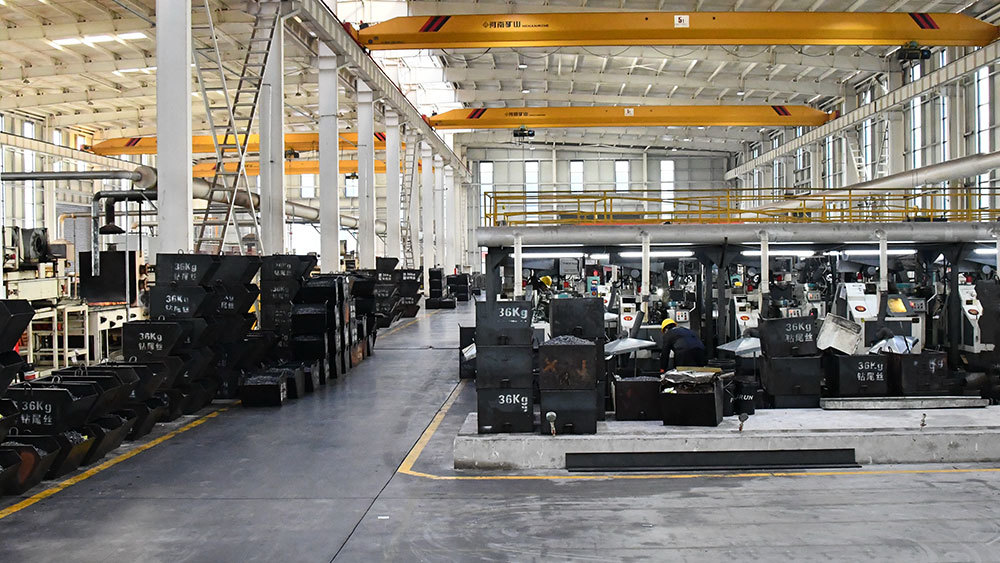Unlocking the Power of Post Tension Bars in the Construction Industry
Sep 18,2025
Introduction
In the bustling world of construction, innovation is the name of the game. Among the many tools and techniques making waves, Post Tension Bars stand out as a game-changer. But what exactly are they, and how do they fit into the broader landscape of industry solutions? Buckle up as we delve into this fascinating topic!
What Are Post Tension Bars?
Post Tension Bars, or PT Bars for short, are a type of reinforcement used in concrete structures to enhance their strength and stability. Through a process of tensioning, these bars allow for the efficient management of loads and stresses, making them a favorite among engineers and builders alike.
How Do They Work?
At its core, the concept is quite simple. PT Bars are embedded within concrete and, after the concrete has set, are tensioned using hydraulic jacks. This tensioning creates a compressive force within the concrete, effectively counteracting tensile stresses that could lead to cracking. Talk about a smart way to safeguard your structure!
The Benefits of Using Post Tension Bars
Why should you consider incorporating PT Bars into your next construction project? Here are a few compelling reasons:
- Increased Load Capacity: PT Bars allow structures to support heavier loads, making them ideal for bridges, high-rise buildings, and parking garages.
- Reduced Cracking: The compressive forces generated by PT Bars significantly decrease the likelihood of cracking, extending the life of the concrete.
- Material Efficiency: By using less concrete and steel, PT Bars contribute to more sustainable construction practices.
- Faster Construction Times: With their ability to carry loads earlier in the curing process, PT Bars can accelerate project timelines.
Real-World Applications
From massive infrastructure projects to residential buildings, the applications of PT Bars are as varied as they are impressive. Here are a few examples:
- High-Rise Buildings: PT Bars provide the necessary support to withstand wind and seismic forces.
- Bridges: The tensioning technique allows for longer spans with fewer supports, enhancing aesthetics and functionality.
- Parking Structures: With heavy vehicles and constant use, PT Bars ensure durability and safety.
Challenges and Considerations
Of course, no solution is without its challenges. When considering the integration of PT Bars, it's crucial to keep the following in mind:
- Cost: While the long-term benefits can outweigh initial costs, PT Bars may require a higher upfront investment compared to traditional methods.
- Expertise Required: Proper installation and tensioning demand skilled labor and experience.
- Design Complexity: The design process can be more intricate, requiring specialized software and knowledge.
Conclusion
In the ever-evolving construction industry, Post Tension Bars offer a robust solution that balances durability, efficiency, and sustainability. Whether you're an engineer, architect, or builder, understanding how to leverage PT Bars can set your projects apart. As they say, "the devil is in the details," and with PT Bars, those details can make a world of difference!
NEXT:







